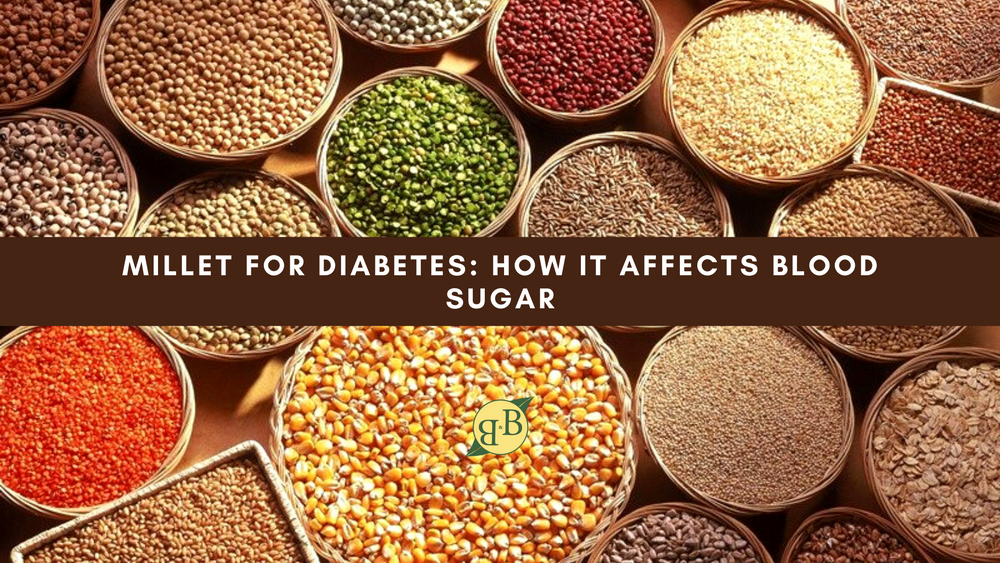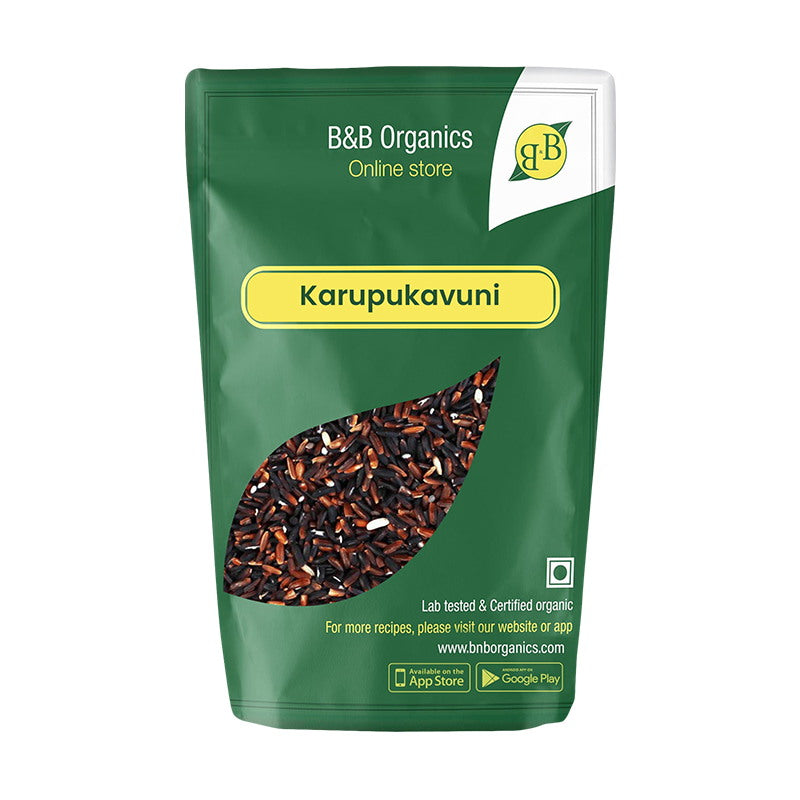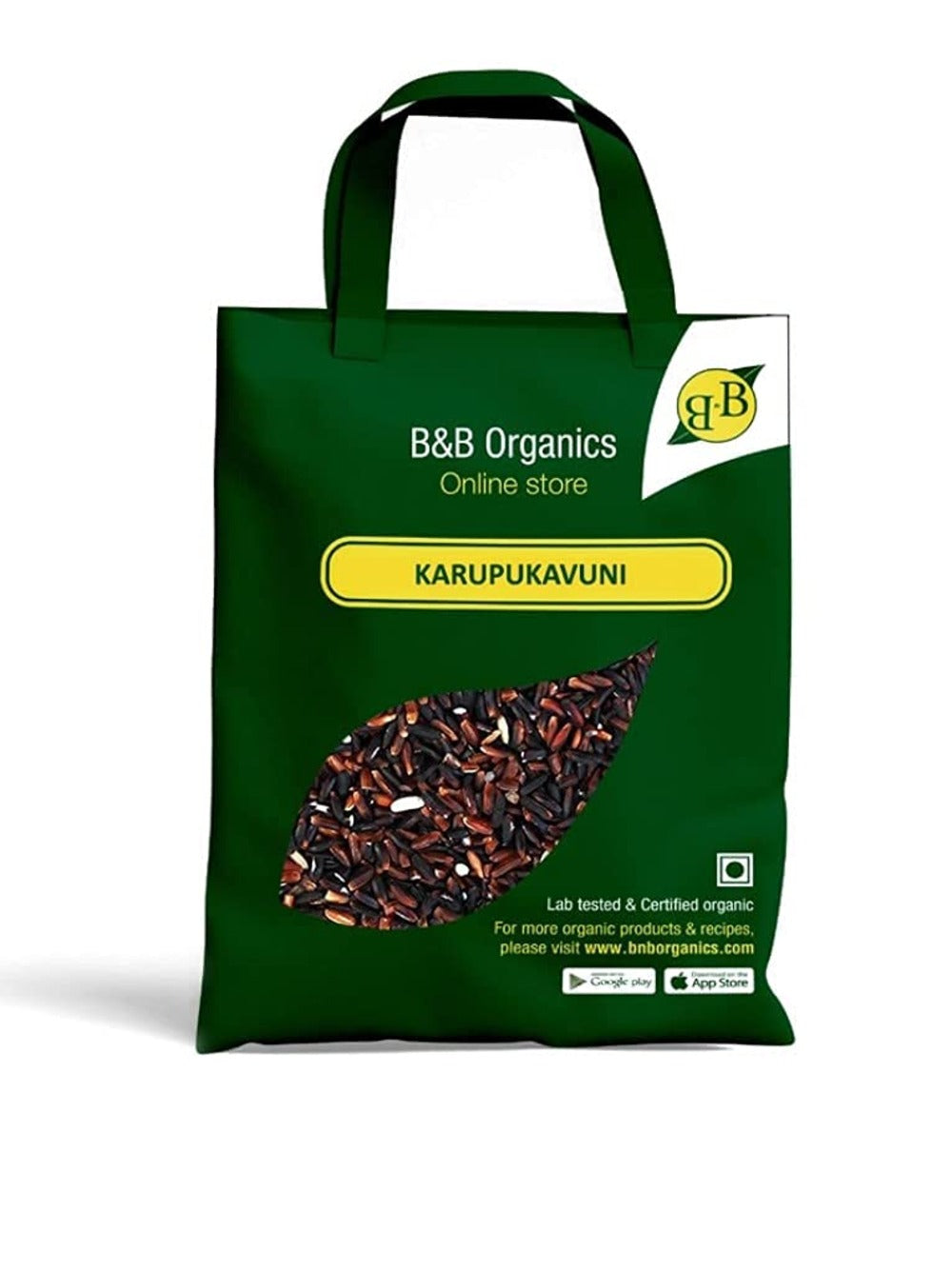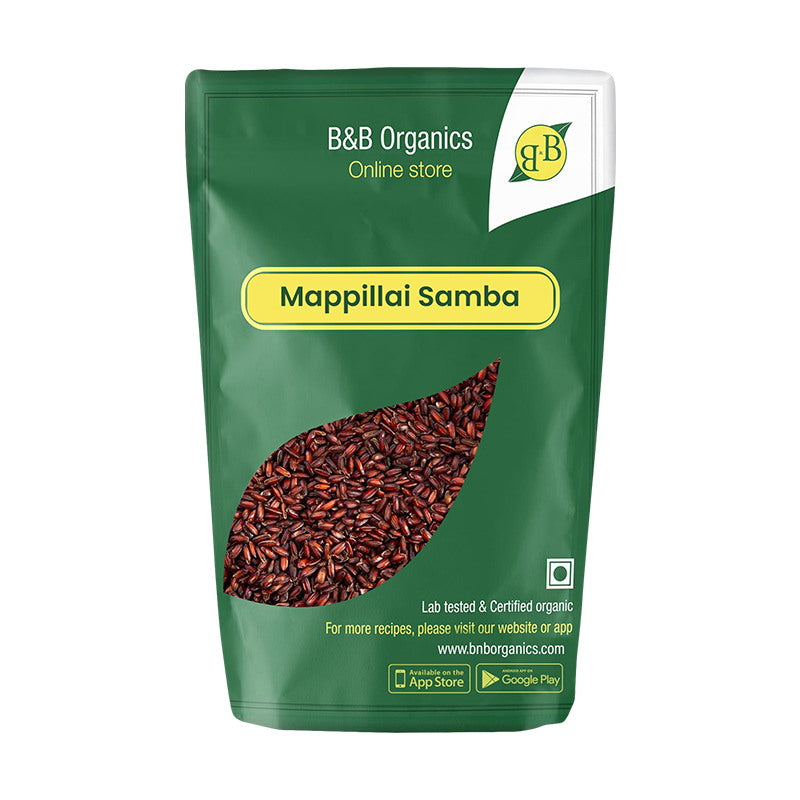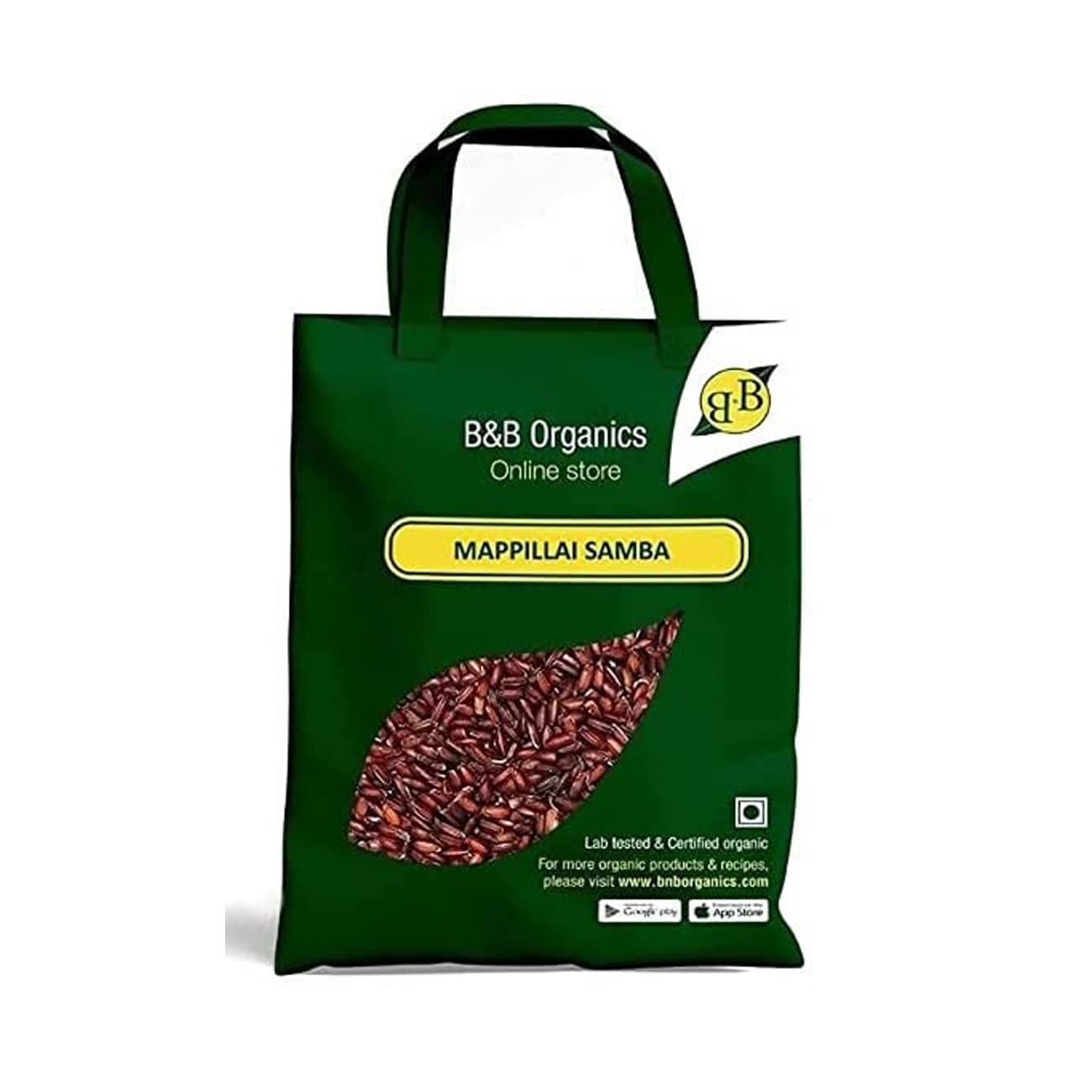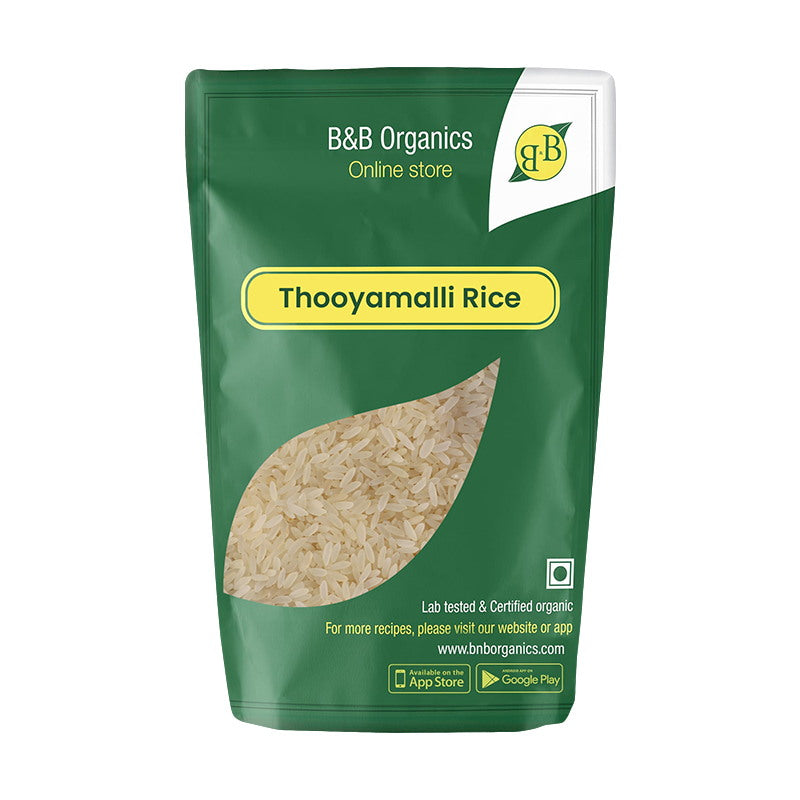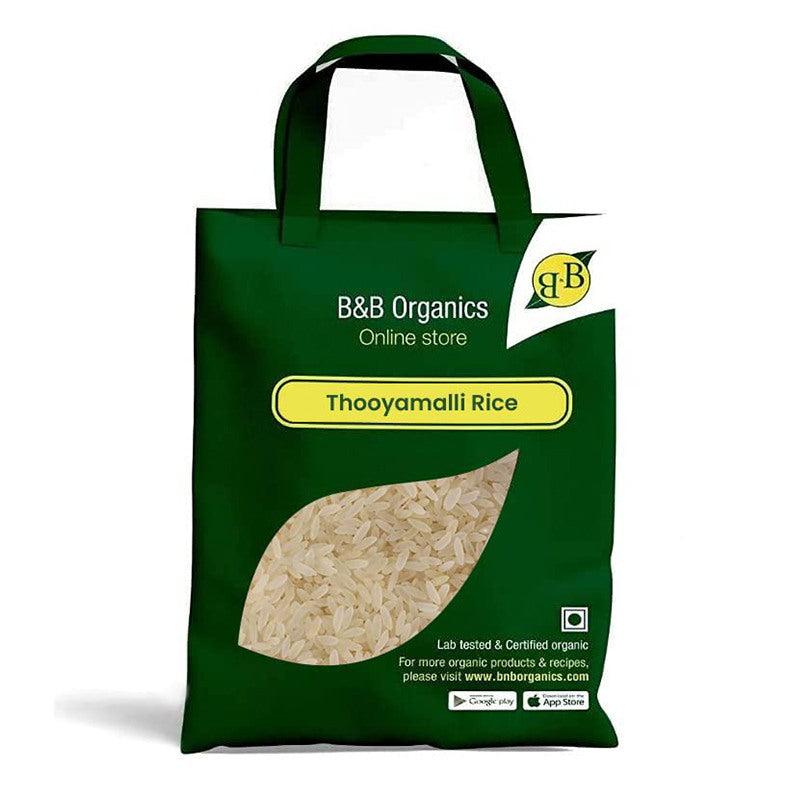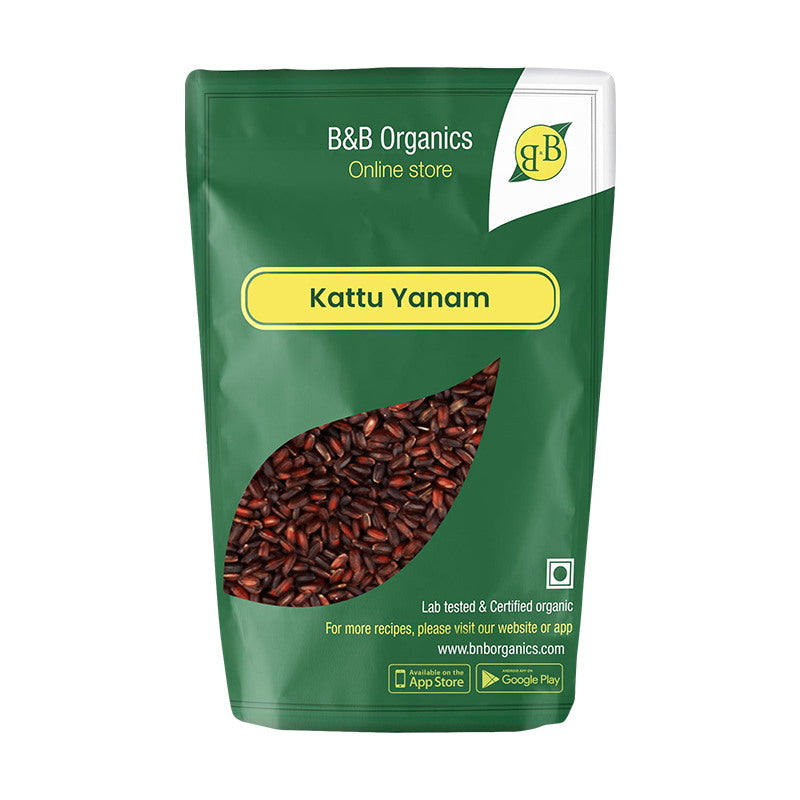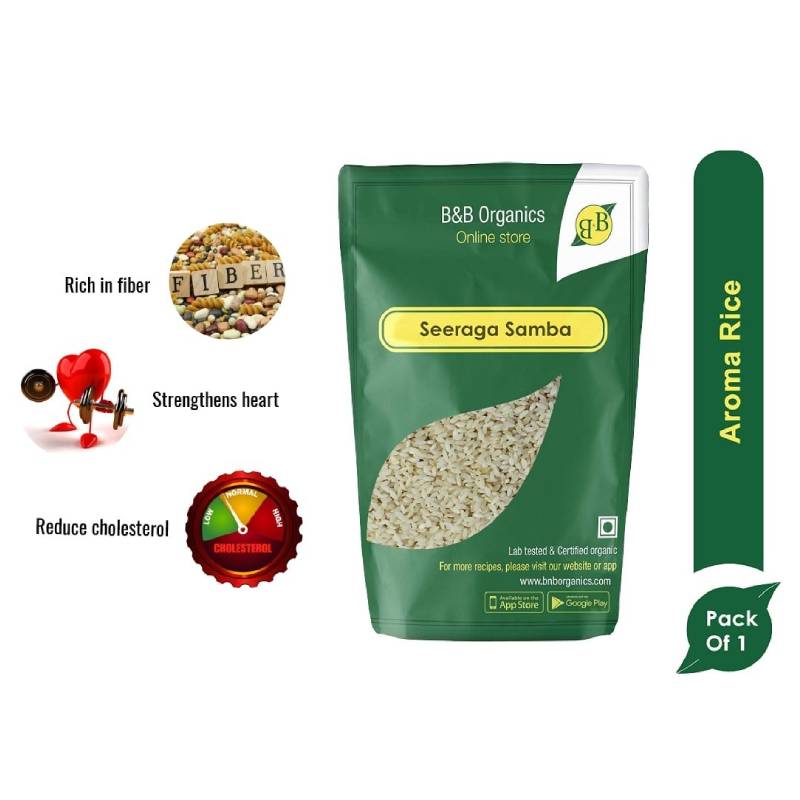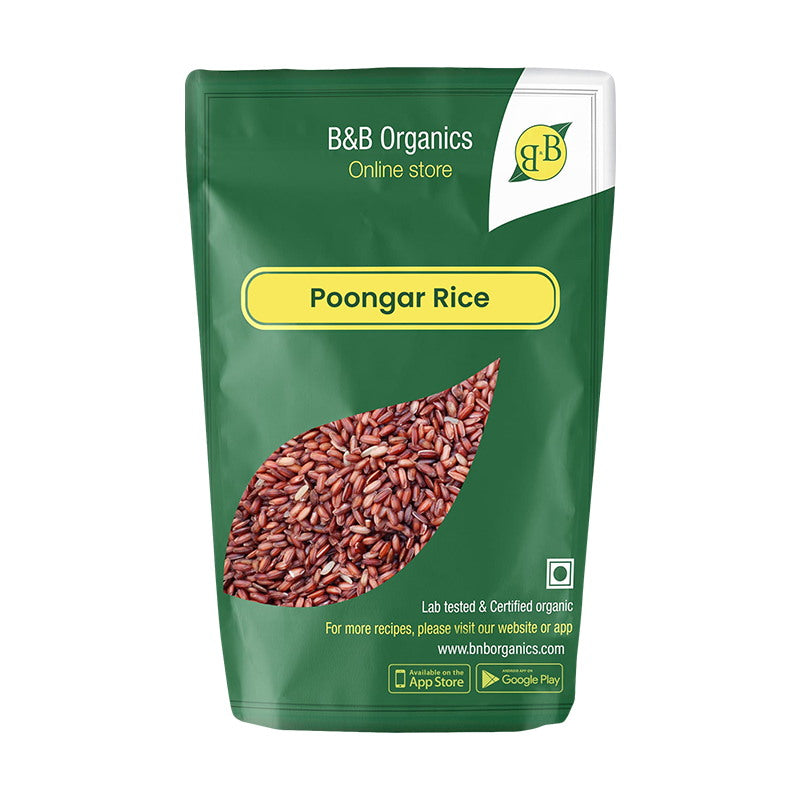Diabetes is a chronic health condition that affects millions of people worldwide. It occurs when the body is unable to produce or use insulin effectively, leading to high levels of glucose (sugar) in the blood. While there is no cure for diabetes, managing blood sugar levels is crucial in preventing complications such as

nerve damage, kidney disease, and cardiovascular disease.
One food that has gained attention for its potential benefits in managing diabetes is millet. Millet is a type of grain that has been cultivated for thousands of years in various parts of the world, including Africa and Asia. It is a good source of fibre, protein, vitamins, and minerals, making it a nutritious addition to any diet.
When it comes to blood sugar control, millet's high fibre content is its most significant benefit. Fibre is a type of carbohydrate that the body cannot digest, which means it does not contribute to blood sugar spikes like other types of carbohydrates do. Instead, fibre slows down the absorption of glucose into the bloodstream, which can help prevent spikes and dips in blood sugar levels.
In addition to fibre, millet also contains a type of carbohydrate called resistant starch. Resistant starch is a type of starch that is resistant to digestion and behaves like fibre in the body. Like fibre, resistant starch can help regulate blood sugar levels by slowing down the absorption of glucose.
Several studies have looked at the effects of millet on blood sugar levels in people with diabetes. One study published in the Journal of Agricultural and Food Chemistry found that consuming millet porridge for breakfast resulted in lower blood sugar levels after meals compared to consuming wheat porridge. Another study published in the International Journal of Food Sciences and Nutrition found that including millet in the diet for eight weeks led to significant improvements in blood sugar control in people with type 2 diabetes.

While millet may be beneficial for blood sugar control, it is essential to keep in mind that it is not a cure for diabetes. It should be used as part of a healthy and balanced diet that includes a variety of foods, including fruits, vegetables, lean protein, and healthy fats. It is also important to monitor blood sugar levels regularly and work with a healthcare professional to develop an individualised diabetes management plan.
In conclusion, millet is a nutritious grain that may offer benefits for blood sugar control in people with diabetes. Its high fibre and resistant starch content can help regulate blood sugar levels and prevent spikes and dips. However, it should be used as part of a healthy and balanced diet, and diabetes management plan, in consultation with a healthcare professional.


